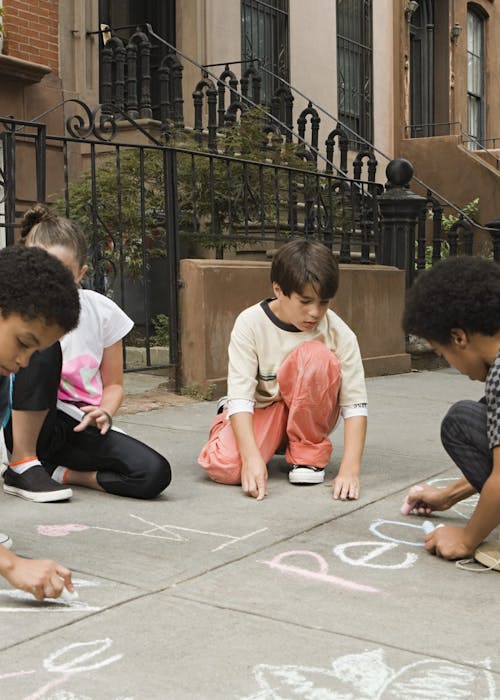

Beating the Odds for NYC’s Children
Insights
January 8, 2015
The Washington Post recently reported on the paradox of poverty, “Being poor is a big impediment to getting the education that lifts you out of poverty.”
In New York City, where one in three children lives in poverty and where only 34% of adults have completed a college education—there is a clear need for policies and programs that help prepare young people from the earliest age possible for higher education and to make college more financially feasible.
How does living in poverty complicate earning a college education? The Washington Post identifies several issues, one being the perception of limited economic opportunity. The article states that when you grow up in a place “where the income gap between you and the middle class is wide and seemingly unsurmountable,” this limited scope can often lead a child away from the path toward higher education.
CCC recently conducted an analysis of the latest data on the city’s Census Tracts to identify areas with the highest rates of child poverty and provide a snapshot of how economic risks to child well-being can accumulate in a community.
Notably, our analysis found that there are five areas in the Bronx where the poverty rates for both adults and children are more than double the city rates and more than 20% higher than the borough rates. (See Poverty Rates Chart above)
A close look at the economic conditions in these neighborhoods show that families are not only struggling with poverty, but also with high unemployment rates and low incomes, and many of them are trying to find ways to make ends meet with less than a high school degree.
This data paints a clear picture of the importance of efforts underway in New York to increase the minimum wage to a living wage and expand the opportunity for savings among working families. It also illustrates the need to build upon the economic development and job opportunities in low-income communities.
As the article points out, what many parents struggling to make ends meet really need is help with the basic fundamentals. Early childhood education, after-school services and comprehensive school environments that provide for children’s health, social and academic needs are critical supports for low-income families, as they are both resources that enable parents to maintain steady employment and provide children with a foundation for college and career.
In addition, there’s a second reason the Washington Post says that students from low-income families are often taken off-track from completing a college education – “When you live on the margins, economists are discovering, even the smallest disruption can knock you off course and out of school. Things like your car breaking down, or your neighbor saying she can’t watch your child anymore, or your boss threatening to fire you if you don’t work more hours in your low-wage job.”
This is why it is so critical that we improve access to financial institutions and introduce families to financial planning tools—including 529 college savings plans—that will minimize the distress of emergency expenses and will enable families to better save money for higher education. In addition, we know from research that even a small amount of savings designated for college at an early age can foster a child’s perception of him or herself as college-bound.
The sub-headline of the Washington Post article states that, “the odds are stacked against low-income Americans seeking the education they need to move up.”
Research has proven that early and consistent interventions can set children on the path to success. It is our responsibility to press for the expansion of these supports so that all children may benefit from them. By making investments to increase the social support systems and economic stability of children and families, we will not only shift their perception of what is possible—we will change the reality of their world and the reality of our city.



